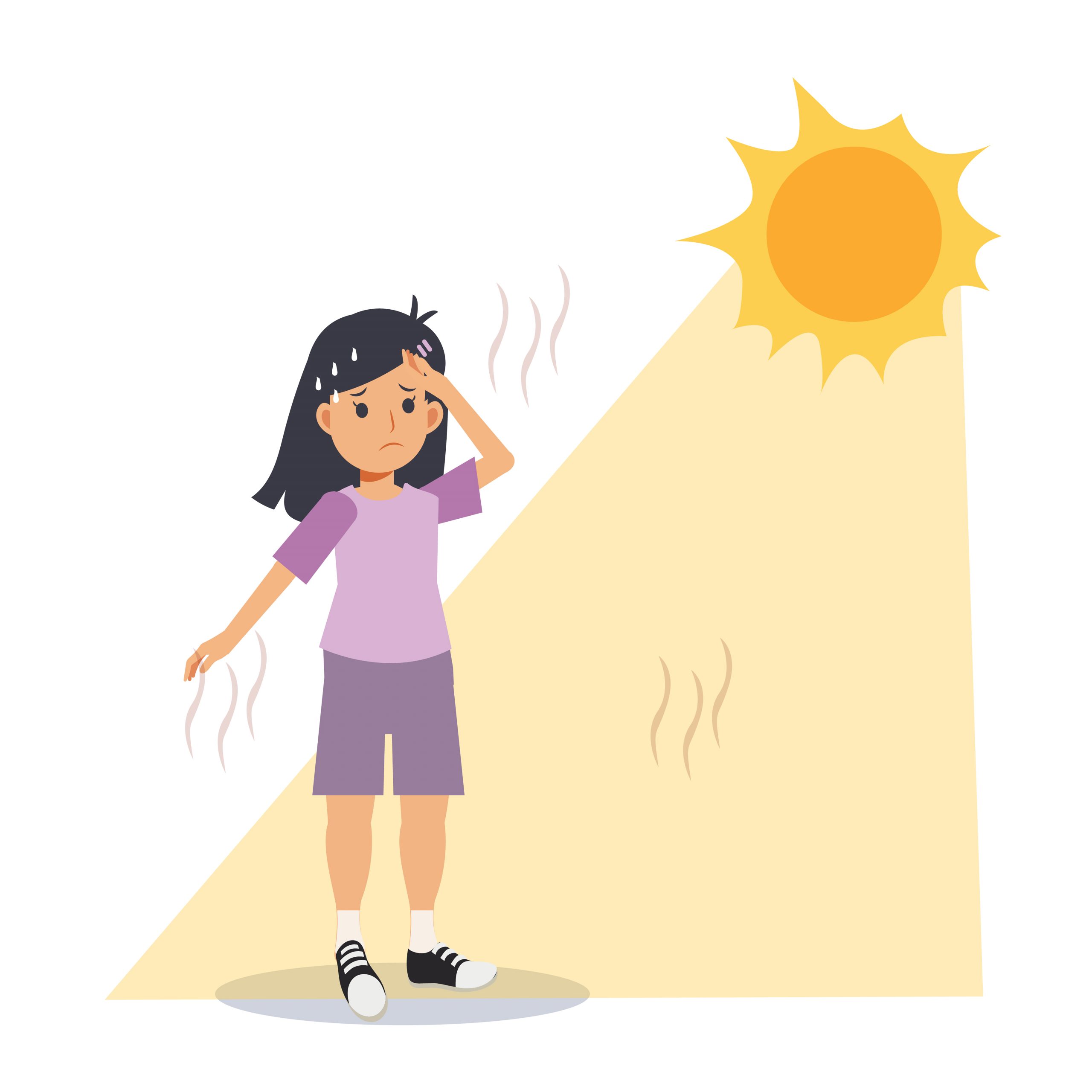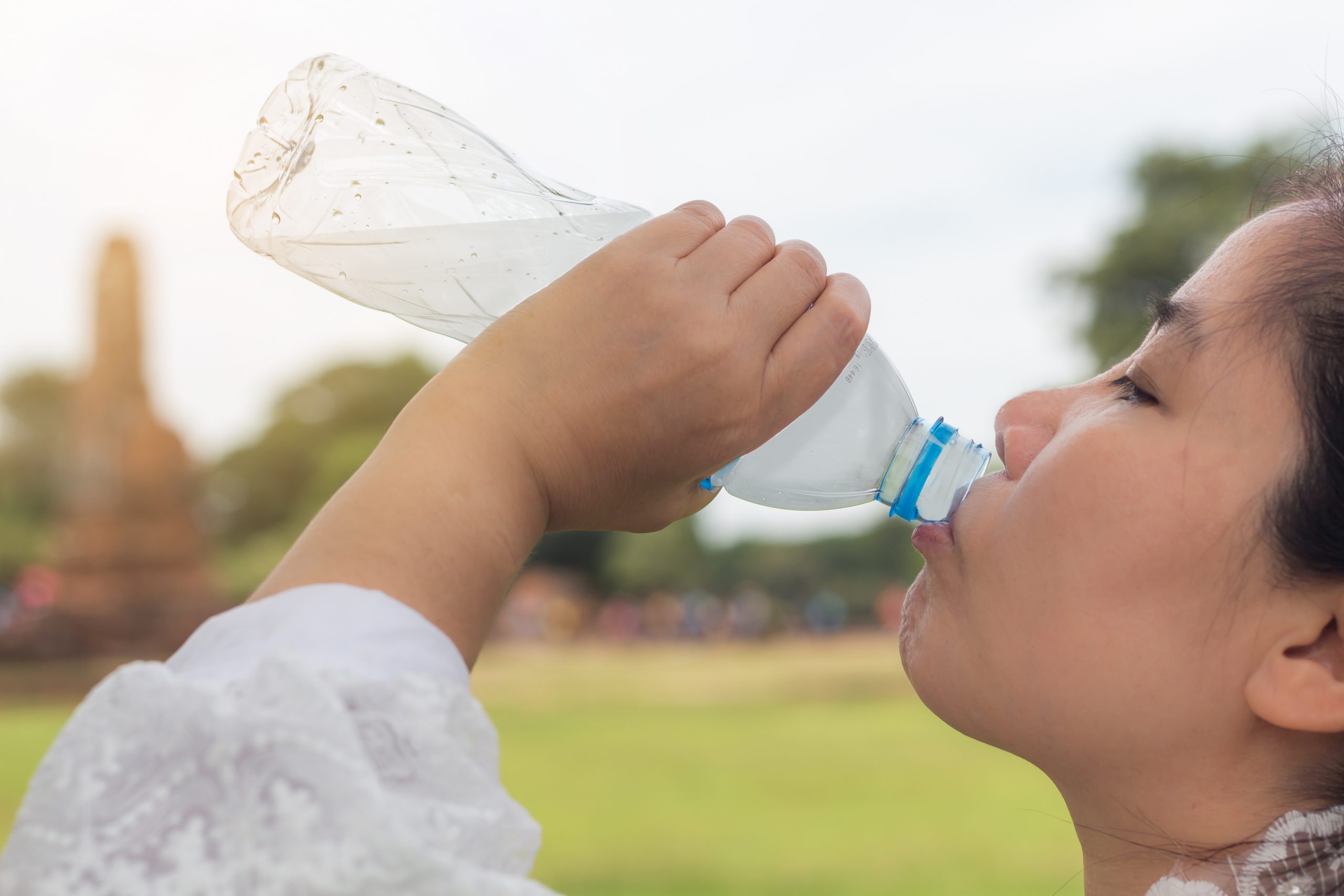
Extremely hot weather can be difficult for everyone, but spending excess time outdoors travelling from home to home in the community in hot and humid conditions can put extra stress on your body. To be prepared and to limit the risk for heat-related illness, please review these important prevention tips:
- Stay hydrated by drinking water regularly throughout the day.
- Wear light, loose clothing that allows for the evaporation of sweat.
- Wear sunscreen with a good SPF to prevent sunburns.
- Take breaks as needed, especially after completing a physically demanding task and if the client’s home does not have air conditioning.
- Stick your hands under a tap with cold water, this will help to cool down your body temperature.
- Find shelter when you have a break in your schedule. Spending time in an air-conditioned cooling center is the best way to escape high temperatures. The City of Toronto has a number of established cooling centers for the summer season.
We also recommend that you review the signs of heat exhaustion and heat stroke, so that you know what to do if either yourself or your client as experience heat-related illness.
Heat Exhaustion vs Heat Stroke
Know the signs and what to do if you or your client are in the following scenario:

Heat Exhaustion is caused by excessive loss of water and salt from the body.
Signs and symptoms:
- Heavy sweating
- Cool, moist skin
- Body temperature above 38°C
- Weak pulse
- Low blood pressure
- Tired and weak
- Nausea and vomiting
- Thirst
- Panting or breathing rapidly
- Blurred vision
What to do:
- Move to a cool area
- Loosen or remove clothing
- Drink cool water
- Spray cool water to large areas of skin or clothing
- Call the office as soon as you are able to or ask someone to call on your behalf to report the situation
Get medical help right away if:
- Vomitting
- Symptoms worsen
- Symptoms last longer than 1-hour

Heat Stroke is the most serious type of heat illness caused by body heat overload and has a high risk of irreversible damage to body organs and organ systems.
Signs and symptoms:
- High body temperature, greater than 40°C
- A fast pulse
- Headache or dizziness
- Passing out
- Weakness, confusion or acting strangely
- Hot, dry, red skin (classic heat stroke) or profusely sweating (exertional heat stroke)
What to do:
- This is a medical emergency: Call 911 immediately
- Call the office as soon as you are able to or ask someone to call on your behalf to report the situation
While waiting for help to arrive:
- Move to a cool area
- Loosen tight clothing, remove padding from chest
- Do not dry the skin
Aggressive Cooling Methods:
- Immerse body in cool water
- Immerse forearms in cool water
- Pour cool water over chest
- Fan skin if possible
- Have a cool drink, if alert and able

Preventing Heat-Related Emergencies
- Drink plenty of cool fluids — this is the most important step you can take.
- Avoid being outside during the hottest part of the day.
- Know the humidex rating — it combines the temperature and humidity to indicate how hot, humid weather feels to the average person.
- Wear light, loose clothing to let air circulate and heat escape and always wear a hat.
- Apply sunscreen (with SPF 15 or higher) as sunburned skin reduces the body’s ability to cool itself.
- Slow down your activities as it gets hotter and don’t work, exercise, for too long at a time.
- Take a lot of breaks in a cool or shady area to let your body cool off. This will help if you do need to be outside when it’s really hot.
References:
Canadian Red Cross. (n.d.). First Aid: The Signs and Symptoms of Heat Related Illness. https://www.redcross.ca/training-and-certification/first-aid-tips-and-resources/first-aidtips/heat-related-emergencies-staying-cool-and-hydrated-in-canadian-summers
Public Health Ontario. (April 25, 2021). Managing Heat Stress at Work. https://www.ontario.ca/page/managing-heat-stress-work
